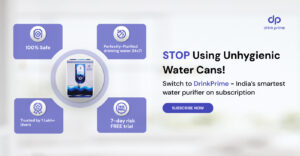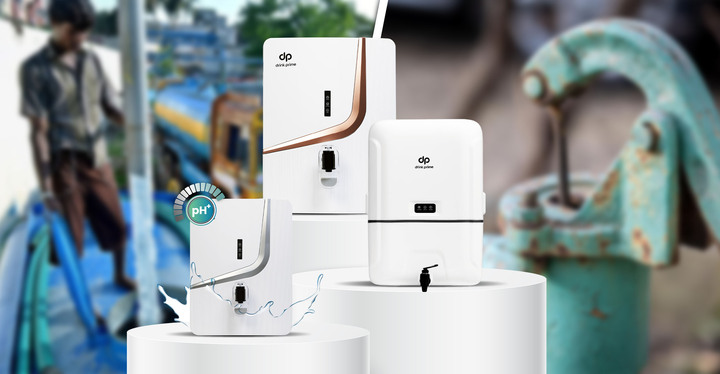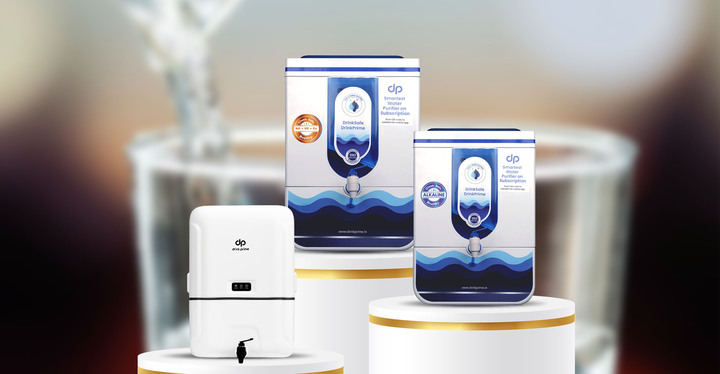What Should be the pH of Drinking Water?
It is a widely accepted fact that clean, safe drinking water is essential for good health. But there are some elements that contribute to the purity and safety of the water that you consume, that are generally overlooked. One such element is the pH level of water. Most countries have government agencies that set acceptable levels of pH for the water supplied. Although the pH of drinking water has no direct impact on the consumers, it is a crucial parameter that has an effect on the quality of water and must be monitored consistently. If the pH levels are not in the normal range, the taste, or appearance of water can get affected, which may ultimately cause health problems.
What does pH Level mean?
In simple terms, pH levels measure the acidity or alkalinity of substances that are water-soluble. It shows how electrically charged the particles of that substance are. The term pH stands for the Potential of Hydrogen. Hydrogen (H +) and Hydroxyl (OH-) are the primary ions used to calculate the pH of water. When water contains more Hydrogen ions then it has a low pH and is acidic and when it contains more hydroxyl ions, the water has a high pH and is alkaline. When they are at equal levels, it becomes neutral.
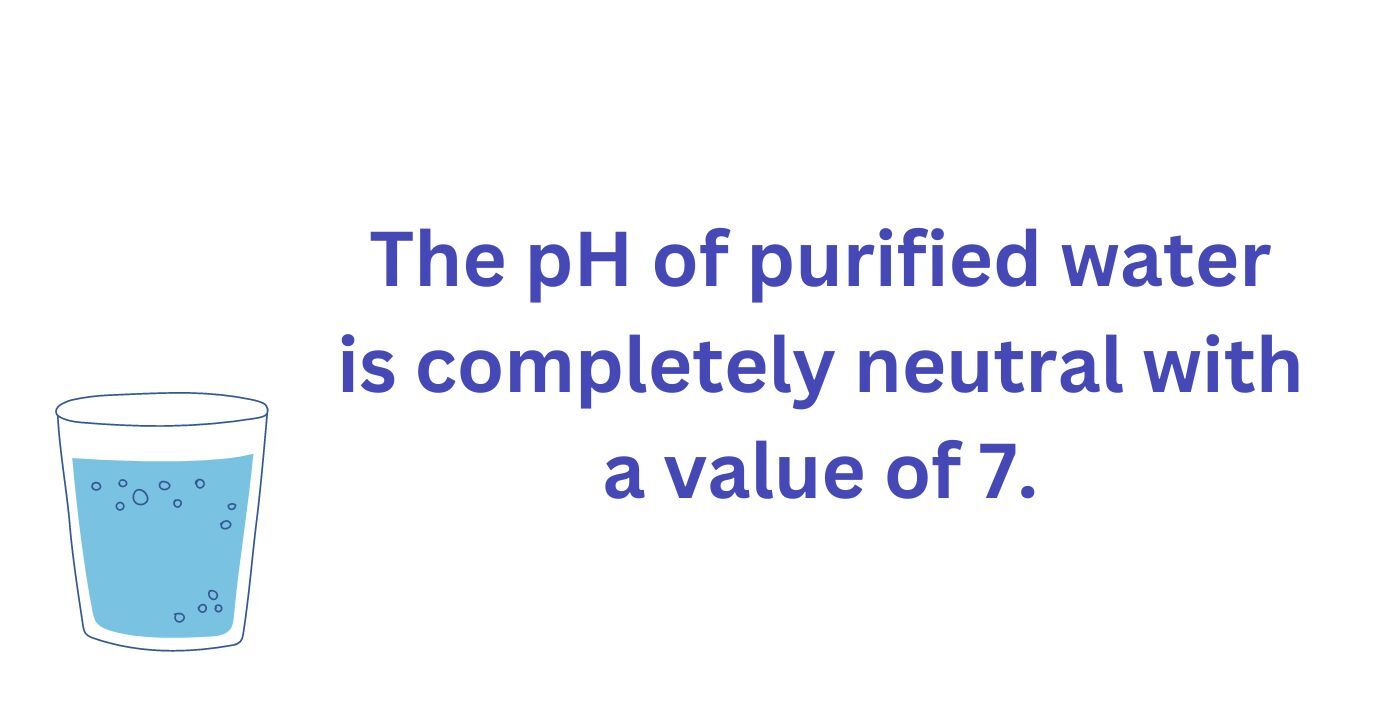
The pH scale ranges from 0 to 14. Values below 7 indicate acidity with 0 being the most acidic. Values above 7 points indicate alkalinity with 14 being the highest level of alkalinity. The pH of purified water is completely neutral with a value of 7
Usually, water contains particles that may change the pH of drinking water from 6.5 (slightly acidic) to 8.5 (alkaline). This is the reason why drinking water has a slight taste when compared to distilled water. Since the scale of pH is logarithmic, a one-unit change will translate to a 10-fold change in pH values.
Pure water is neutral with a pH value of 7. So, milk which has a pH value of 6 has 10 times more acidic than pure water, and coffee with a pH value of 5 is 100 times more acidic than water.
What pH is safe for drinking water?
As per the drinking water specifications from the Bureau of Indian Standards, the acceptable drinking water pH level is between 6.5 to 8.5. The US environmental protection agency also recommends 6.6 to 8.5 as the best pH for drinking water. The pH levels of freshwater available across the globe keep changing because it is dependent on conditions such as weather, human activities, natural phenomena, etc.
Water with very low pH levels usually indicates pollution due to chemicals or heavy metals. Acidic water is not fit for consumption. It may also corrode the pipes. Water that doesn’t fall strictly within the recommended pH range and is alkaline is not technically unsafe. But alkaline water can have a strong smell and taste which makes it difficult to drink. Usually, the civic and municipal bodies monitor the pH levels to test the quality of water and they may treat the water when contaminants are present to make it safe for consumption.
Importance of pH Levels in Drinking Water
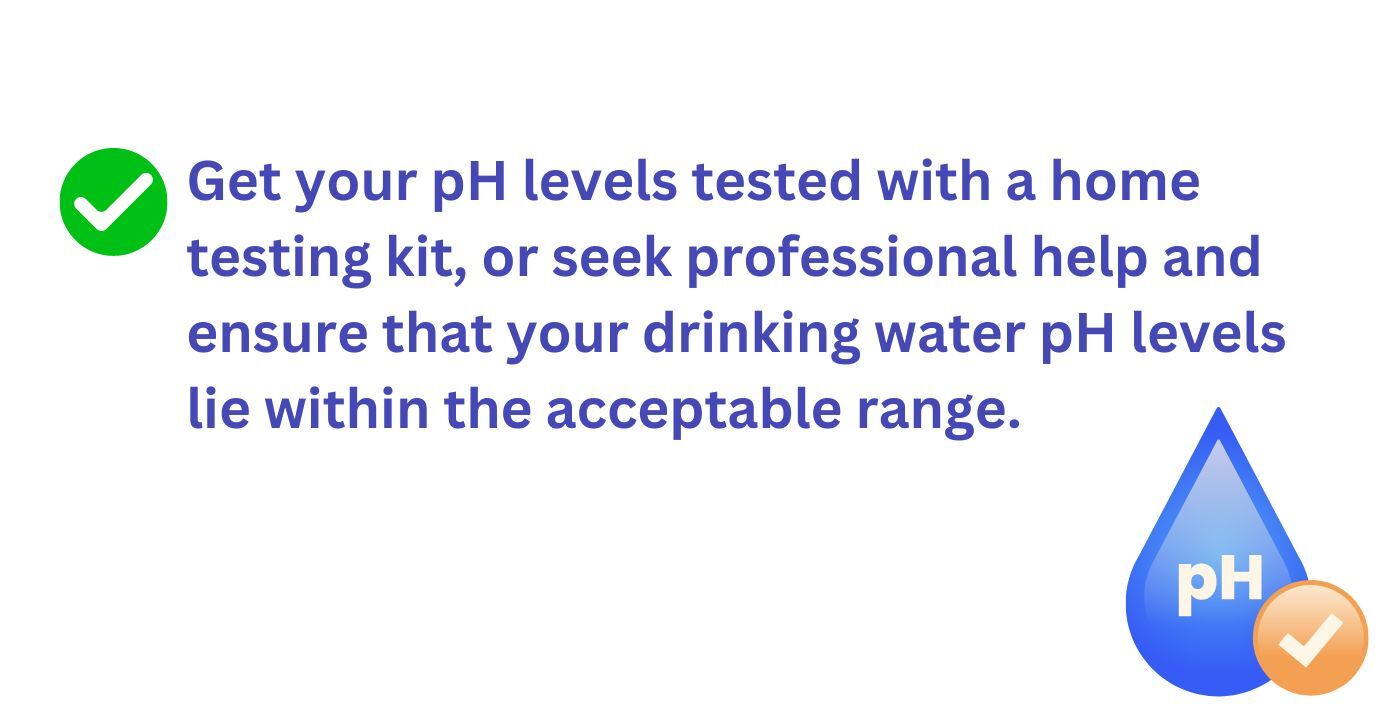
The pH level of water is important because it has the power to affect the solubility and the way the chemicals and heavy metals in water respond and behave. For example, this may cause corrosion of pipes through which the water is being distributed. An unprecedented change in pH levels can turn the usually harmless chemicals in the water into toxic substances. This can even change the physical characteristics of water like taste, smell, and appearance which may have a negative impact on the health of the consumers.
In our day-to-day life pH as such is not very crucial when it comes to the safety of drinking water, especially in the case of bottled water or municipal water.
Although the pH levels of water have negligible effects when it comes to safety and health, it should be viewed not by itself but as a part of the bigger picture, which includes oxygen concentration, temperature, mineral and metal concentration, etc. These are the parameters that point out the quality of the water as a whole and should be monitored consistently.
How Does pH Affect Drinking Water?
The pH level of water affects the way it looks, and tastes and its disinfection process in a very mild way. Since humans are tolerant to a wide range of pH levels, it does not affect the safety of the water to be consumed. It is due to this reason that there are no pH regulations for bottled water or municipal water supplied.
The pH levels are in most cases considered a less important parameter to be monitored and not necessarily something that has a direct bearing on the safety of the water. In some cases, the pH levels affect the way the water looks. It may change the color and turbidity of water.
This happens very rarely and often in combination with other factors like corrosiveness. A low pH level of water may cause a sour or metallic taste while high levels of pH can cause a bitter taste which affects the taste of beverages like coffee or tea made with such water. pH level is one of the factors though not the only one to cause corrosiveness. A high level of corrosion may cause metal ions to leach into the water. This can lead to issues related to the gastrointestinal, renal, and central nervous systems.
But the test for metals and contaminants is the most important indicator of this contamination and not the pH level by itself. Chlorine is one of the most common disinfection agents used to disinfect water. For this to work properly the pH level of water should be under 8. A higher level will lead to inefficient disinfection which can compromise the safety of the water.
What are Common Drinking Water pH Levels?
The pH level of water varies according to the type of water.
- Tap water. Highly variable, average pH 7.5
- Distilled water. pH 5.8 – 7
- Bottled water. Highly variable based on source, pH 5 – 10
- Ocean water. pH 8 – 8.1
- Sparkling water. pH 4.5 – 6
- Iceberg water. pH 6 – 8
- Mineral water. pH 5.5 – 8.5
- Spring water. pH 6.5 – 8.5
- Artesian water. Highly variable based on ground geology, pH 6.5 – 8.5
- Alkaline water. pH 8-10
Get 7 Days Risk Free Trial
Conclusion
The pH level by itself is not directly harmful to humans. The other food we drink and eat has pH levels far more varied than that of water and this is an indication of its safety. But having said that, the acidity in the body is caused by a host of factors like stress, poor diet environment, etc. The water that you consume also plays a part in contributing to this acidity. Water that has high levels of acidity may indicate that it has not gone through proper filtration processes and may contain contaminants like pesticides and chemicals.
This when ingested may lead to a plethora of health issues. It can also mean that the water has been transported through outdated, corroded pipes which pose the risk of metals like lead and copper leaching into the water. So, it becomes crucial to test the pH levels of water, as though harmless by itself, it can indicate a bigger problem with the quality of water. So, get your pH levels tested with a home testing kit, or seek professional help and ensure that your drinking water pH levels lie within the acceptable range.
FAQs
Drinking water with a pH of 9.5 is generally safe but may not be ideal for everyone. While some believe alkaline water offers health benefits, excessively high pH can alter digestion or affect nutrient absorption. The recommended drinking water pH is 6.5 to 8.5 for optimal balance. RO (Reverse Osmosis) drinking water typically has a pH between 5 and 7. Since RO removes impurities, it can also strip minerals, making the water slightly acidic. To balance pH, some systems use remineralisation. For optimal drinking water, a pH range of 6.5 to 8.5 is recommended. The pH of tap water usually falls between 6.5 and 8.5, depending on the source and treatment process. Municipal water is regulated to remain within this range for safety, taste, and corrosion control. If tap water pH is too high or low, filtration or remineralisation can help balance it. Rainwater typically has a pH of around 5.6, making it naturally slightly acidic due to dissolved carbon dioxide forming carbonic acid. However, pollution can lower its pH further, leading to acid rain. Pure rainwater remains safe but may require filtration if contaminated.
Is drinking water with a pH of 9.5 good?
What is the pH of RO drinking water?
What is the pH of tap water?
What pH is rainwater?

